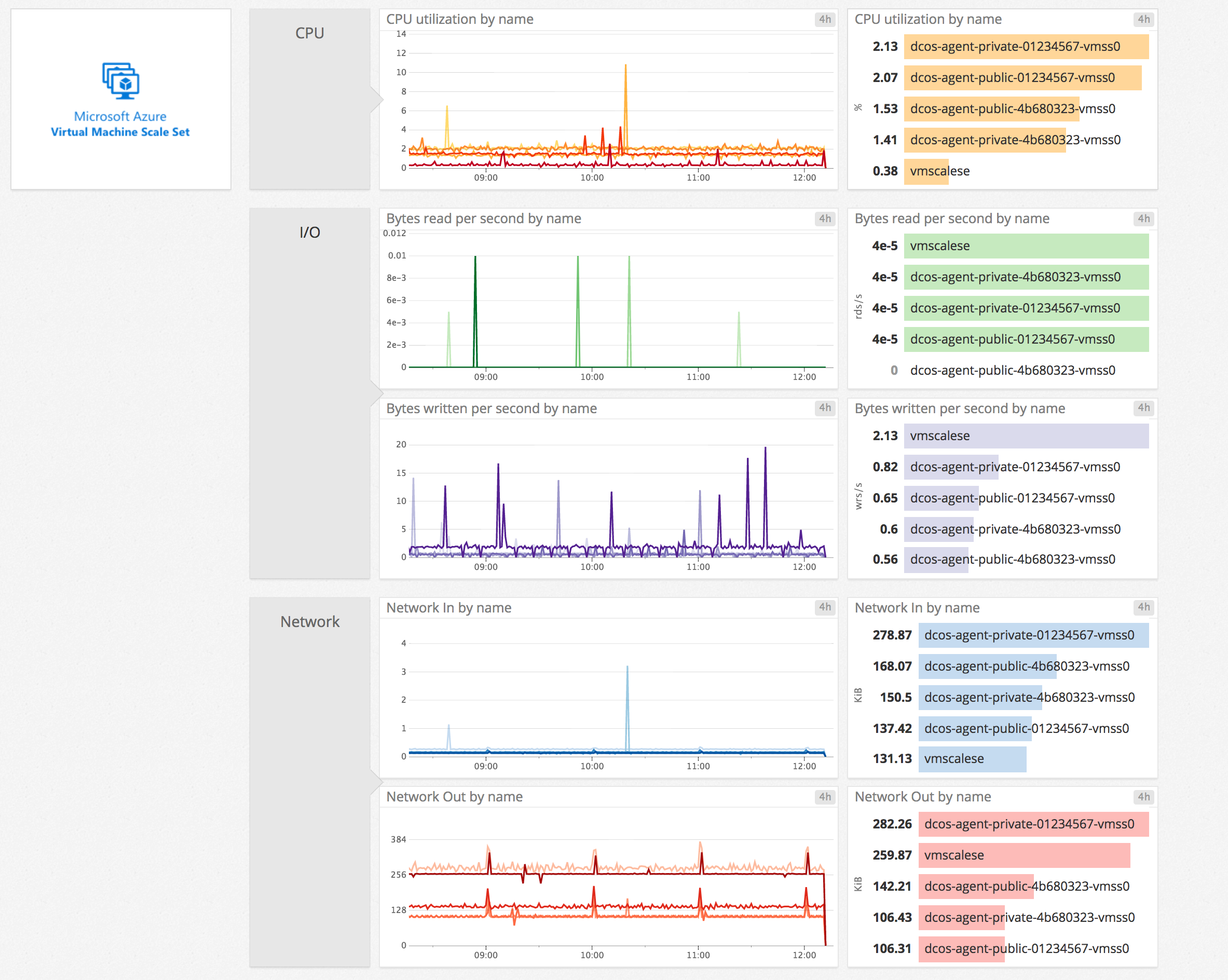

Use the `create-vm` script to create a VM in VirtualBox from the Ubuntu 14.04 image: Then download them to a location of your choosing and ensure they are executable: Thanks Scott! Have a read through the comments of the two scripts to get an idea of what they do. The `create-vm` script was modified to work with OS X from the example written by Scott Moser. Next you need two scripts `create-vm` and `create-vhd`.
#Azure os x vm install
brew install qemu coreutils cdrtools gawk You can use Homebrew to install the last 4 with the following command: * VirtualBox with `VBoxManage` and `VBoxHeadless` on your path * Go for the `azure-vhd-utils-for-go` * Azure CLI for interacting with Azure from the command line * `qemu` for `qemu-img` used in `create-vhd` script to resize and convert images * `coreutils` for `gtruncate` used by the `create-vm` script * `cdrtools` for `mkisofs` used by the `create-vm` script * `gawk` used by the `create-vhd` script

There are several dependencies required before we can start: I mean, seriously Microsoft? Dependencies One that deserves an honorable mention is the fact that the size of the Azure VHD must be aligned to the nearest whole MB otherwise the image will be rejected after upload. There were also quite a few gotchas that I will explain in due course. At which point I or hopefully someone else will take it upon themselves to write an updated version. Well, that works until it itself becomes outdated and stops working.

#Azure os x vm for mac os x
So I thought I'd try to create a version that at least works for Mac OS X users. In fact in various places it didn't work at all. I found the Azure documentation to be a bit outdated.
#Azure os x vm how to
In this post I will cover how to create a VHD that is fully compatible with Azure from an Ubuntu Cloud Image base. One of those is as an Azure VHD for deployment to Azure VMs. It was Azure, however, that pushed me across the line.We have many different ways of delivering the Lateral API to clients who would like to install it in their own environment. I’m glad to be finally making the change to 64-bit Windows (I’ve been 64-bit on OS X for long time now). I’ll still use my x86 VM plenty, but that will taper off over time. It’s going to require ever increasing effort to swim against the current. If you don’t own a copy of VS Ultimate, and thus can’t benefit from Intellitrace, then minidumps are your salvation. This really hurts, since minidumps eliminate the need to trace nearly every method call in order to avoid costly build > deploy > test cycles. * You can’t debug Azure OS minidumps in x86 Visual Studio, since they were captured on an 圆4 OS. Debugging more involved interop scenarios, like the side-by-side deployment of COM libraries, is made harder by adding in platform differences. There are plenty of managed libraries that still depend on 32-bit COM libraries which, unlike managed code, must be labelled 32-bit XOR 64-bit. the “devfabric”) only to throw exceptions like so much confetti once deployed to the real Azure fabric.

#Azure os x vm code
* It’s maddeningly frustrating to have code that works fine in the local Emulator (a.k.a. There are two immediate reasons, and one less immediate reason: I’m writing this post as my 圆4 Visual Studio installation churns away in the background. I’ve rarely had to think about it, anyway. This is even more the case if your application relies directly, or indirectly, on unmanaged code.ĭuring the past year-and-half, I have done all of my Azure work in a 32-bit virtual machine without any real problems. If you are planning on doing any appreciable amount of work developing Azure applications using Visual Studio, and are still running x86, you should consider migrating to 圆4 Visual Studio sooner rather than later.


 0 kommentar(er)
0 kommentar(er)
